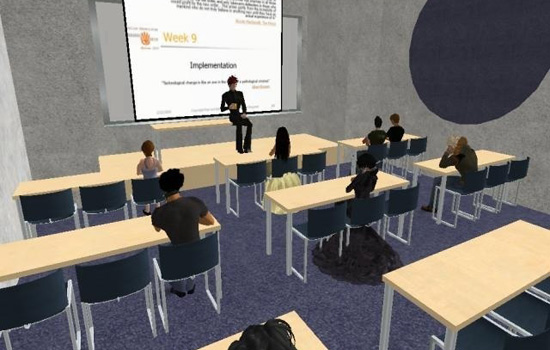The university online gets top marks
Virtual education is more effective than the classic, especially in combination with elements attendance – A student is more active and the teacher, more advisory.
Distance education via the Internet (online) has in recent years experienced tremendous growth. In the U.S., about 3.9 million people in 2007 studying a higher education course virtually 12% more than the previous year, while the total university population grew by 1.2%, according to figures from the U.S. Online Degree. In US, about 30% of the supply of graduate programs is already online, according to the Graduate Institute (IUP). The growth of this option seems unstoppable, but has always been considered somewhat less, the resource that cannot access traditional classroom training, the only one that truly offers a high quality education.
 But, what if students learn online teaching more, on average, than those in attendance in higher education? According to a study by the consulting firm SRI International has made to the Department of Education of the United States, so, with a small difference when it comes to training entirely online, but it is very significant when compared to projects combining classes lifetime with distance learning using new technologies.
But, what if students learn online teaching more, on average, than those in attendance in higher education? According to a study by the consulting firm SRI International has made to the Department of Education of the United States, so, with a small difference when it comes to training entirely online, but it is very significant when compared to projects combining classes lifetime with distance learning using new technologies.
It is not, say the findings, that the computer has some kind of magical effect, i.e. that the model itself is more effective, but the use of these tools in education usually means that the student spends more time study, seeking information on their own, the shares, collaborates and, ultimately, is more likely to take charge of their own learning rather than being a taxpayer and often anonymous means of a class full (sometimes too) of students. Objectives, on the other hand, have spent decades demanding educational research for teaching in general education expert recalls Juan Rodrigo Garcia.


